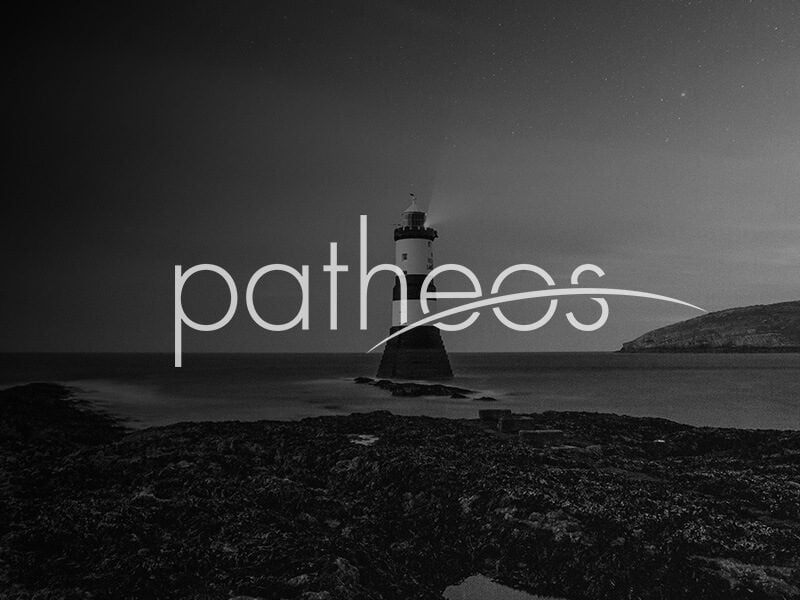With the exception of that other Mary, the Mother of Jesus, she’s the most famous woman in Christianity. (And in contrast to that other Mary, the most infamous.) Certainly, she’s second only to that other Mary among artistic representations of the women of the New Testament. Her name in French, Madeleine, when run through the British mouth, gave us maudlin, which these days connotes a kind of boozy sentimental tearfulness, but originally referred to her penitential weeping. By extension, a French baker named for her gave us the shell-shaped, vanilla scented confections known as madeleines which, dipped in a cup of tea, unlocked for Proust’s hero the remembrance of things past. Ireland’s benighted Magdalene Laundries, where “wayward girls” were condemned to lives of servitude and scorn, were the dark side of the countless shelters and hospices and outreach efforts to “ladies of the evening” named for her.
She’s the Magdalene—St Mary of Magdala—and her feast day is July 22. It should, I think, be the patronal feast of all of us, because in the life and endlessly proliferating legend of the Magdalene, there facets and depths with which any one of us, at some time in our journey of discipleship, can identify. That so many of these aspects, even the most widely popular, are actually projections onto the fairly blank screen of what we know of her from the Gospels is important to acknowledge. But I believe that even in the wildest flights of religious or secular imagination, the magnificent Magdalene calls us to a deeper, truer devotion to the Lord she loved, whose witness she was.
I know that her influence played a strong role in my reversion to Catholicism. In my time away, I had spent a number of years worshiping with a Jungian Gnostic community in Southern California, among whom (as among many of the alternative Christianities that acquired the general term Gnosticism) she is honored as the premier disciple and the embodiment of Sophia, God’s holy Wisdom. Though rooted in non-canonical and apocryphal works such as the Gospel of Thomas and the fragment known as the Gospel of Mary (Magdalene), this devotion is really one more attempt, I think, to deal with the yearning humans have for a feminine dimension of the sacred. Monotheistic religions have no goddesses, and we miss them. It’s why we Catholics lean so far over the Mariological cliff sometimes that we are in danger of falling into the Mariolatry our Reformed brethren accuse us of. Experiencing an absence of the feminine face of God leaves us susceptible to the call of modern Goddess worship, or to the box office lure of Dan Brown’s popularization of the old “the Grail is Mary Magdalene, Bride of Christ” legend (which would be so much more convincing, my old Gnostic teacher used to say, if it didn’t culminate in the anticlimax of anticlimaxes—the notion that the san greal is the sang real; the Redeemer of the World celebrates a hieros gamos with Lady Wisdom, and all we get is a T-shirt full of lousy French kings?).
My spiritual journey left Gnosticism behind a long time ago, though its themes still have a pull. But when I was in Assisi two years ago, being called home to Catholicism, I met the Magdalene in a small side chapel in the Lower Basilica of St Francis. There, the walls are covered with frescoes, possibly by the master Giotto himself, depicting scenes from the Catholic version of her life and legend. Here she is (contrary to scriptural evidence, but in line with much Catholic tradition) conflated with Mary of Bethany, the sister of Lazarus and Martha, as well as with the unnamed penitent woman (identified through the ages as a prostitute) who washed Jesus’ feet with her tears of penitence and dried them with her riotously unbound hair (Luke 7:36-50), and with St Mary of Egypt, an early Christian penitent.
In one Catholic tradition, reflected in the frescoes at Assisi as in many works of art, the Magdalene traveled to France after the Ascension, either alone or in company with Mary of Bethany and Mary of Cleopas (les trois Maries). There she lived in penitential isolation in a cave, returned by repentance to a state of innocent Edenic nudity and covered only by her hair. She spent her days in prayer, weeping (there’s that maudlin thing), fasting, and contemplation of a skull, a memento mori. Once a day, angels drew her up to the sky (or visited her cave) to feed her with the Eucharist, her only sustenance.
The Penitent Magdalene is a weighty trope, one that makes for great condemnation of women’s inherent “sensuality” even as it encourages lifelong conversion—while at the same time encouraging artists to luxuriate in the fleshy exuberance the Magdalene was repenting. During the Counter-Reformation, these two threads woven together resulted in an explosion of ripely nude portraits of the penitent in her cave, most commissioned by cardinals to be displayed as boudoir paintings in their own palazzos, for private contemplation. Here in Dayton, our small but wonderful Art Institute collection includes a disproportionate number of naked Magdalenes from this period.
But here I was, in Assisi, finding myself in the life and legend of this woman who was so many things I am: delivered of demons by God’s grace (Mark 16:9, Luke 8:2); living independently of marriage (her name indicates her birthplace, the town of Magdala, not the name of the man who is her father or husband) and willing to share her gifts in service of the mission (Luke 8:3); brought to the foot of the Cross (Mark 15:40, Matthew 27:56, John 19:25); lover of Christ who was afraid she had lost him forever, only to know the joy of resurrection more powerfully than any save his Mother (John 20:11-16); warned not to cling to my old, incomplete notions of what relationship with God means, but sent to bring Good News (John 20:17); sensual woman, called to the deeper life of the spirit; victim of misunderstanding and oppression, yet powerful as Lady Wisdom; penitent and frequently maudlin; adrift in the wilderness with all my vulnerabilities exposed; bride of Christ, in Baptism; grail bearer, as we all are who have been sealed in the Blood of Christ.
The one thing I lacked, that day in the Magdalene Chapel in Assisi, was what I longed for most, and could only find by coming back into communion at last: to be sustained by the Bread of Angels all my days. That day, Lady Wisdom spread her table and sent the invitation in her Lord’s name (Proverbs 9:1-11). And this fool heard, and turned around for home.
Take some time with me to visit the Chapel of the Magdalene in spirit, and to find yourself there, whoever you are.
St Mary Magdalene, pray for us!
____
To explore further:
For a nice overview of the iconography of Mary Magdalene, visit this page, or just enter Mary Magdalene into Google’s image search. An excellent, profusely illustrated treatment of the figure of Mary Magdalene in Western culture is Susan Haskins’s (sadly, now out-of-print) Mary Magdalene: Myth and Metaphor.











